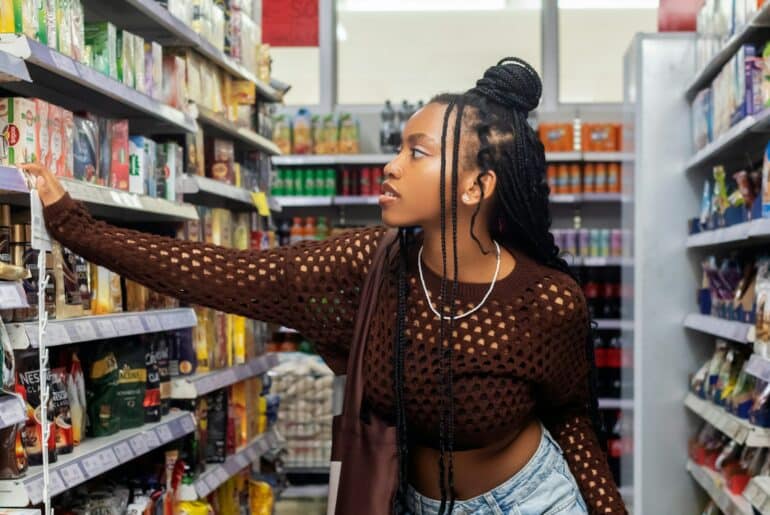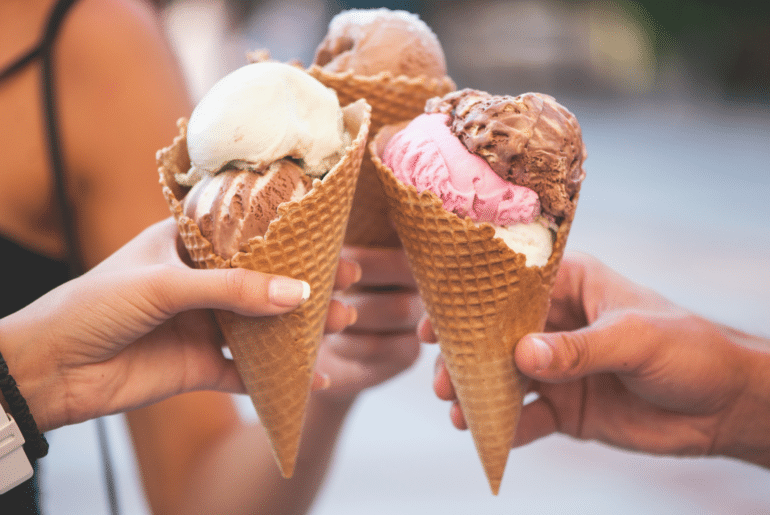There’s no question social media constantly changes the way we seek information, communicate with friends and family, and express ourselves. As social networks continue to grow, they come to influence even more aspects of our life, such as who we turn to for fashion advice.
Recent studies have gathered statistics that depict social media’s influence on where consumers seek fashion inspiration, what social networks affect purchase decisions, and how mobile devices are coming into play. We’ve compiled a list of 10 useful statistics regarding how social media is affecting the fashion industry:
1. 64% of social shoppers turn to message boards or blogs for inspiration before making a fashion-related purchase decision. Beauty and fashion advice seekers are turning to each other for direction. Whether it’s to discover new brands or learn how to perfect the cat-eye, consumers trust message boards and blogs the most for their answers. (Source)
2. 27% of fashionistas’ costume jewelry, special occasion, and casual clothing purchases are influenced by Pinterest. Pinterest is designed for users to discover their favorite things and tuck them away for later. Those favorite things tend to pop up when the timing is right. Linking a product’s purchase site to a pin is a great way to make online shopping easy and convenient for Pinterest shoppers. (Source)
3. One-half of Pinterest shoppers have created a board specific to a purchase decision. Not only do boards allow Pinterest users to create and share their looks, but they can also help predict purchase behavior.
4. 130 million Instagram users tap on shopping posts every month. Instagram isn’t far behind Pinterest in terms of inspiring fashion lovers.
The influence Pinterest and Instagram have on fashion lovers and shoppers demonstrates the importance of images in appealing to consumers. Especially in the fashion industry, visuals can make or break a purchase. YouTube has also gained popularity in the fashion world with the growing fame of beauty vloggers. (Source)
5.Millennials like to watch videos online to do their fashion research and 85% have purchased a product or service after watching a video. Beauty vloggers and fashion icons often showcase their favorite looks and products on their YouTube channels. Beauty and fashion tutorials are a smart way to reach a young target with strong buying power.
6. 72% of social shoppers are influenced by Facebook in at least one fashion category. Although it may not be considered as trendy of a social network, Facebook still has a lot of influence in the fashion industry.
7. Facebook accounts for 22% of direct social-to-sale purchases in fashion and beauty. Statistics prove Facebook has an influence on buying power. By utilizing their profiles, it’s possible for brands to grow that number. Links to sites that sell featured products are a great way to increase social-to-sale purchases.
8. 58% of shoppers use their mobile devices in store to research products, 54% to conduct price checks, and 40% to access or download digital coupons.
– and –
9. Mobile-researchers make more purchases than non-mobile researchers, and 78% spent more than $50 on their last apparel purchase. Consumers are mobile. Easy-access information provides shoppers with the information and reassurance they need to finalize purchases, thus giving them reason to make bigger investments.
10. Twitter is the least influential social network in the fashion industry. With the exception of athletic apparel and footwear, Twitter falls short of influence compared to more visual, detailed platforms. Twitter is a great way to promote online flash sales and other promotions, but it’s hard to keep up socially in the world without a strong presence of visuals.
When trying to figure out how to position yourself socially in the fashion world, remember the importance of visuals, direct routes to purchase, and mobile compatibility. Free People is a great role model for fashion brands. With a large presence and following on Facebook, Twitter, Pinterest and YouTube, Free People has perfected personifying its brand while driving sales. Free People’s tweets, in addition to pictures posted on Facebook, provide fashion advice for followers in addition to links to where to purchase.
Consumers are interested in engaging with fashion and beauty brands. If you’d like to learn how to be more effective in inspiring brand stories, promoting advocacy, and building lasting consumer connections, we should talk.
Some statistics and sources have been updated since this post was originally published.



